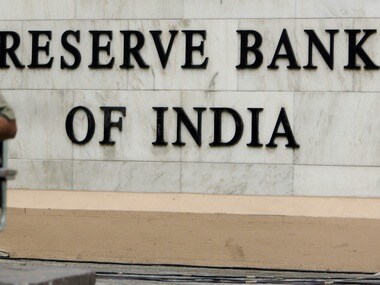The RBI cut interest rates on Tuesday for the first time in three years by an unexpectedly sharp 50 basis points to give a boost to flagging economic growth but warned that there is limited scope for further rate cuts.
The Reserve Bank of India cut its policy repo rate to 8.00 percent, compared with expectations for a 25 basis point cut . RBI also warned that India’s current account deficit, which widened to 4.3 percent of GDP in the December quarter, is “unsustainable” and will be difficult to finance given projections of lower capital flows to emerging markets in 2012. Subbarao said liquidity conditions are moving towards normal after several months of acute shortage of cash in the banking system, but also said the RBI would take “appropriate and proactive” steps if needed to restore liquidity to comfortable levels.
Dariusz Kowalczyk, senior economist ans strategist at Agricole, Hong Kong, said the cut was bigger than expected and shows a strong shift towards supporting growth “The RBI said that rate cut room is limited, and we see at least 25 bps more this year.”
[caption id=“attachment_278197” align=“alignleft” width=“380” caption=“RBI also warned that India’s current account deficit, which widened to 4.3 percent of GDP in the December quarter, is “unsustainable” and will be difficult to finance given projections of lower capital flows to emerging markets in 2012.”]
 [/caption]
[/caption]
Nirav Dalal, President and managing director , debt capital markets, Yes Bank, Mumbai, was also surprised by the extent of the rate cut. “When you look at it objectively, 25 basis points would have been a token. I think rate cut expectation will remain very, very contained and a lot will depend on growth and inflation numbers. Based on the current and evolving environment, to expect significant rate cuts in the remaining year might not be possible.”
Jonathan Cavenagh, FX Strategist, Westpac, Singapore said RBI’s decision was more than expected
“RBI decision - more than expected, market was looking for 25 bps cut. INR has rallied initially (due to greater support to growth from RBI, Indian equities have gone bid) but the comment that further room to cut rates is limited may limit INR gains.”
The central bank said its baseline expectation for GDP growth in the fiscal year that ends in March 2013 is 7.3 percent, compared with an expected 6.9 percent in the just-completed year. It expects headline inflation to end the year at 6.5 percent, with little deviation expected during the year.
Sluggish capital investment has exacerbated bottlenecks in the Indian economy, bringing down its capacity for non-inflationary growth to an estimated 7 percent, from 8.5 percent before the global financial crisis. Supply shortages persist in infrastructure, energy, minerals and skilled labour.
“A strategy to increase the economy’s potential by focusing on these constraints is an imperative,” Subbarao said.
He also reiterated the need for the government to cap a subsidy burden, which led to a bloating of the fiscal deficit in the recent fiscal year to 5.9 percent of GDP.
A weakened government has been unwilling to pass along the price of higher global oil prices to end-users, but pressure on the fiscal deficit is expected to force it to do so.
“From the perspective of vulnerabilities emerging from the fiscal and current account deficits, it is imperative for macroeconomic stability that administered prices of petroleum products are increased to reflect their true costs of production,” he said.
MARKET REACTION:
The Sensex extended gains to more than 1 percent after the rate cut.
Bond yields and overnight indexed swap rates fell after the policy review.
Reuters
)